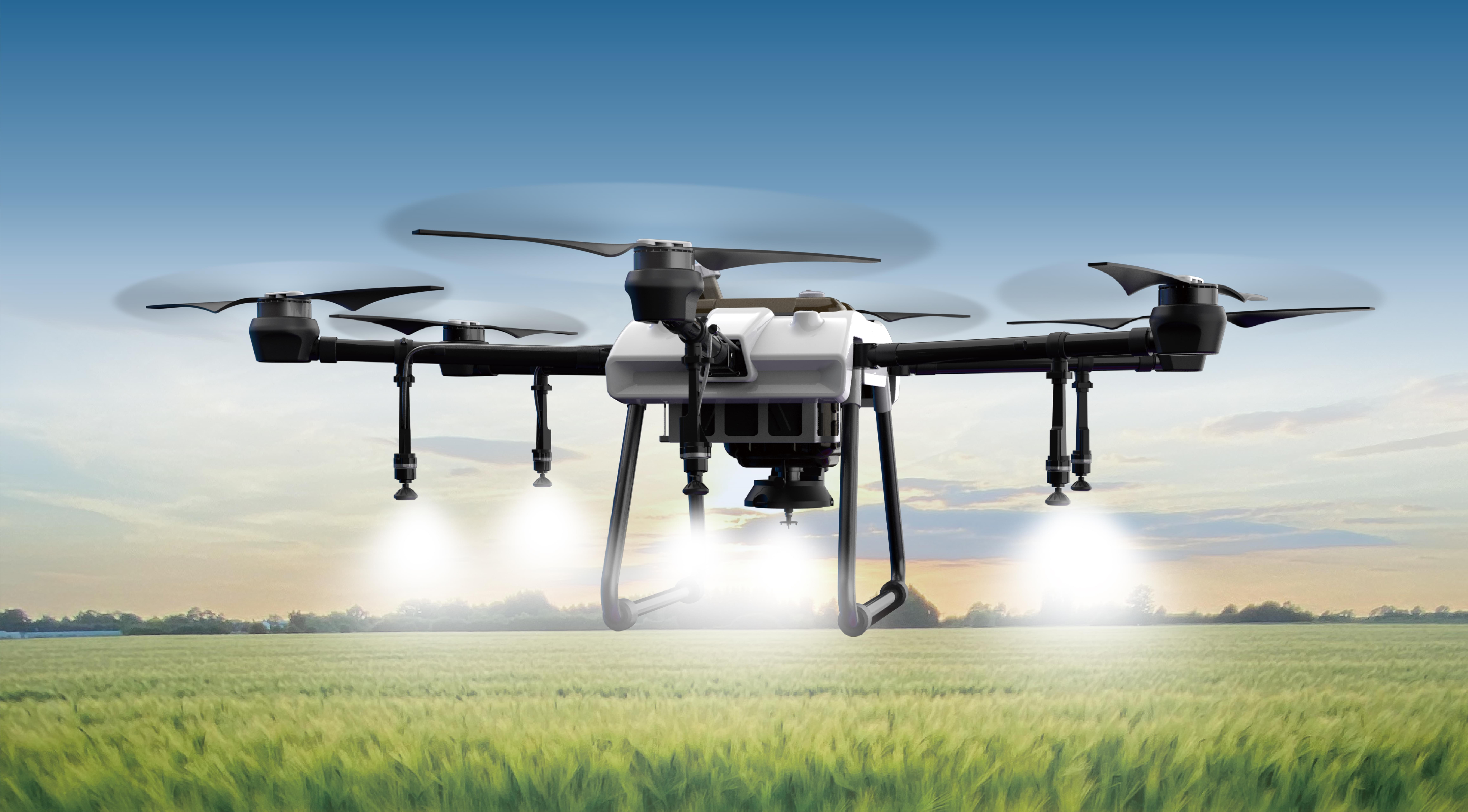Imagine a world where your robotic arm doesn't just sweep back and forth but can spin infinitely, mimicking real-world joints or creating mesmerizing art installations. Welcome to the endless possibilities unlocked by 360-degree servo motors, especially when paired with the versatile Arduino platform. Whether you're a hobbyist, a student, or an innovative maker, understanding and harnessing these components can catapult your projects into new dimensions.

What Is a 360-Degree Servo Motor?
Traditional servo motors—those with a rotation limit—are staples in robotics, RC vehicles, and automation projects. They typically rotate from 0° to 180°, with a few specialized variants extending to 270°. However, a 360-degree servo is designed differently. It offers a full, continuous rotation, often up to 360 degrees and beyond, allowing for endless spinning. Unlike standard servos that merely position a shaft, these continuous servos act more like motors, capable of rotating indefinitely in either direction.
This capability opens doors to various sophisticated applications: robotic wheels and tracks, pan-and-tilt camera systems, art installations with spinning parts, or even mechanical animations. What makes these servos particularly appealing is their compatibility with existing servo control protocols and Arduino interfaces.
How Do 360-Degree Servos Work?
The key difference lies in their internal mechanism and control software. Regular servos use feedback mechanisms to move precisely to a specific position within a limited range. Continuous or 360-degree servos, on the other hand, are modified or designed to operate as speed controllers rather than positioners.
When you send a pulse to a standard servo, it interprets this as a position command. But with a 360-degree servo, the position command translates into either rotation speed and direction, not a destination point. For instance, sending a pulse width of 1500 microseconds usually stops the motor; greater or lesser pulse widths make it spin clockwise or counterclockwise at a certain speed.
Integrating 360-Degree Servos with Arduino
Getting started with these servos is deceptively simple. The classic Arduino Servo library supports basic control, making it easy to incorporate these motors into your projects without complex software. Most 360-degree servos operate on the same voltage and signal levels as standard servos, often 4.8V to 6V, which is compatible with Arduino boards.
Here's a quick overview of what you need:
An Arduino board (Uno, Nano, Mega, etc.) A 360-degree servo motor Power supply suitable for the servo (often 5V) Jumper wires The Arduino IDE with the Servo library
Basic Wiring and Code Sample
Connecting your 360-degree servo is straightforward. Connect the power (red) to 5V, ground (black or white) to GND, and the control signal to a PWM-capable pin, such as pin 9.
#include Servo myServo; void setup() { myServo.attach(9); } void loop() { myServo.writeMicroseconds(2000); // Spin clockwise at maximum speed delay(2000); // Wait for 2 seconds myServo.writeMicroseconds(1000); // Spin counterclockwise at maximum speed delay(2000); myServo.writeMicroseconds(1500); // Stop delay(2000); }
In this code, microsecond values control the speed—values higher than 1500 typically drive it clockwise, lower than 1500 drive it counterclockwise, and 1500 stops it. Adjust these values to control how fast and in what direction your servo spins.
Curious to see how these principles translate into a real-world project? Stay tuned for Part 2, where we delve into advanced control techniques, common challenges, project ideas, and creative ways to make your projects stand out with 360-degree servo motors and Arduino!
Established in 2005, Kpower has been dedicated to a professional compact motion unit manufacturer, headquartered in Dongguan, Guangdong Province, China.




































